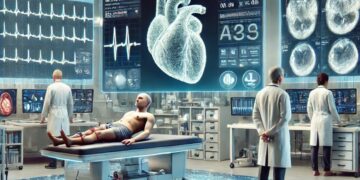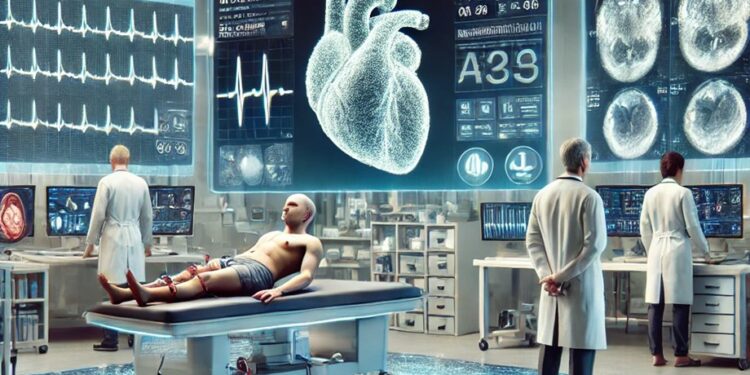Login to Continue Learning
A groundbreaking digital model of care is transforming heart failure treatment in Hawke’s Bay, significantly improving health outcomes and reducing hospital pressure. This new remote patient monitoring system, supported by the Government, is being celebrated as a smart, patient-centred solution that combines technology with personalized medical care.
### Transforming Heart Failure Management
Health Minister Simeon Brown highlighted the success of this program this week, emphasizing its shift toward practical, patient-first healthcare. The model targets individuals living with **heart failure with reduced ejection fraction (HFrEF)**—a chronic condition where the heart cannot pump blood effectively, leading to fatigue and fluid buildup.
“Central to managing this condition is careful medication titration—slowly adjusting medications based on each patient’s response,” Mr Brown explained. “Traditionally, this required frequent in-person appointments and could take six to nine months. Now, it can be done safely and efficiently from home.”
### How the Digital Care Model Works
Under the new model, patients receive remote monitoring kits provided by hospitals. These include:
– **A tablet** for video consultations
– **A digital scale** to track fluid retention
– **A blood pressure cuff** and **pulse oximeter** to monitor vital signs
Patients check their health metrics daily at home and attend regular virtual appointments with clinicians, who can remotely assess conditions and adjust medications as needed.
“Patients no longer need to repeatedly travel to hospital clinics for check-ups or medication changes,” said Brown. “Instead, they receive high-quality, frequent monitoring from the comfort of their homes.”
### Impressive Early Results
Initial results from Hawke’s Bay show significant improvements in both health outcomes and system efficiency:
– **Hospital readmissions within 30 days dropped to zero**, down from a previous rate of 25%.
– **Missed appointments have been eliminated**, compared to a former 15.3% no-show rate.
– **Medication titration is now completed in just 6 to 8 weeks**, a huge improvement on the 6 to 8 months it once took.
– **Clinicians now have greater capacity**, allowing more patients to receive timely care and attention.
“Patients are benefiting from early intervention, fewer hospital visits, and more personalized support,” Brown said. “This program is delivering more care closer to home.”
### A Win for Rural and Remote Communities
The digital care model benefits rural or remote parts of Hawke’s Bay where long travel times and limited access to healthcare services are common.
“By embracing this model, we’re removing barriers to care,” said Brown. “Instead of being dependent on geography or transport availability, patients can now receive consistent expert care without needing to leave home.”
### A Model for National Expansion
With clear evidence of success, the Hawke’s Bay model could serve as a blueprint for digital heart failure care across New Zealand. As health services nationwide face increasing demand, the Government sees integrating digital solutions as essential to building a more sustainable and efficient system.
“Exactly the kind of smart, modern solution we need in our healthcare system,” Brown said. “It is faster, safer, and more effective—for patients and clinicians alike. We are not just improving outcomes; we are transforming lives.”
### Looking Ahead
The success in Hawke’s Bay is already sparking interest from other districts and health providers looking to replicate the model. As New Zealand continues to invest in healthcare innovation, programs like this offer a glimpse of the future—where technology and human care work together to deliver better health for all.
📚 Reading Comprehension Quiz
What is the primary benefit of the new digital care model for patients with heart failure with reduced ejection fraction (HFrEF)?
Please login or register to take the quiz and earn points!



















